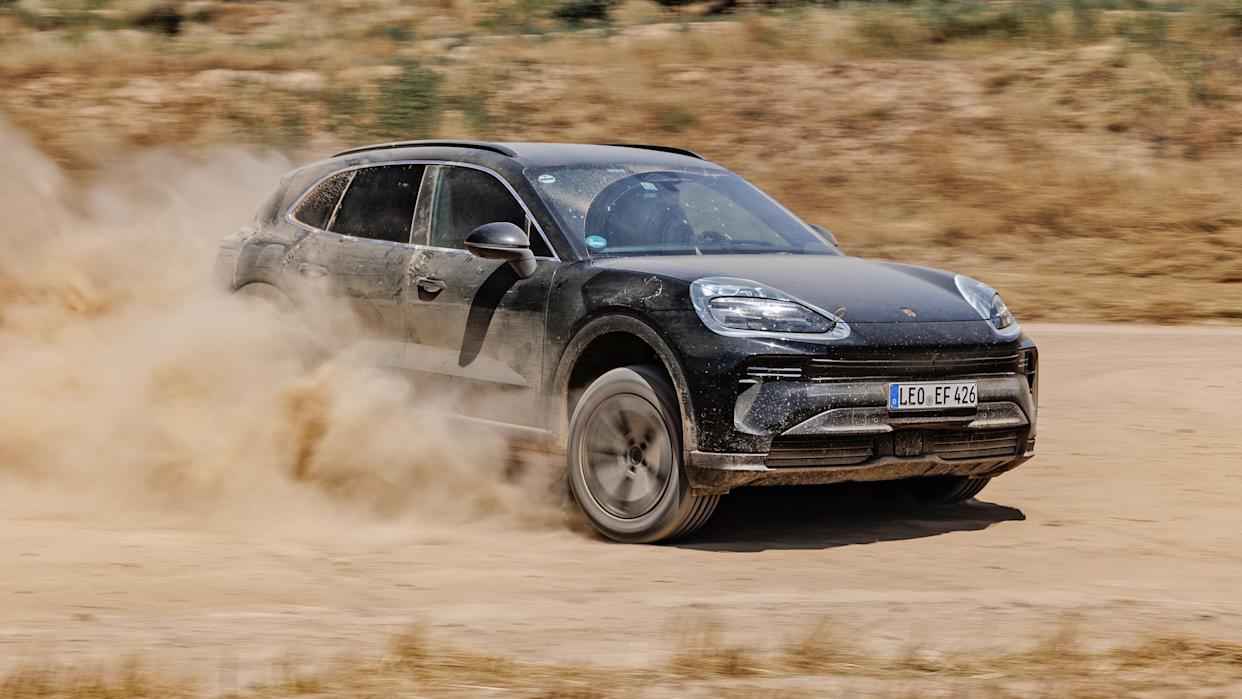
Picture this: a German automaker known for small sports cars is up against the ropes, the ground shifting beneath its feet. It’s not looking good. But after a moment of peril, it saves itself the only way it can: by making an SUV.
Look, I’m going to spare you too much more of that. If you don’t already know, ask ChatGPT what happened when Porsche pulled itself out of the fire with the first Cayenne SUV back in 2002. We’ve got other things to talk about here. So just to get the obvious out of the way… yes, it is uncanny that 23 years later, Porsche’s once again hit a bit of a rough patch, and it’s leaning hard on what it hopes is a revolutionary SUV to carry it through. Just without a V8 this time.
Here it is: the Porsche Cayenne Electric. That sensible name belies the staggering amount the company has thrown at building an EV good enough to make you forget the gas one exists. To whit: Active Ride suspension that pushes and pulls to eliminate body roll. New in-house motors with liquid-cooled stators, itself a feat of engineering. 400 kW fast charging for 10-80% in 16 minutes. 7,000-pound tow rating. 0-60 mph in under 3 seconds. Aero blades that pop out of the rear fenders on command. Genuine off-road abilities. And [redacted] in the interior, which, oops, I’m not supposed to talk about yet.

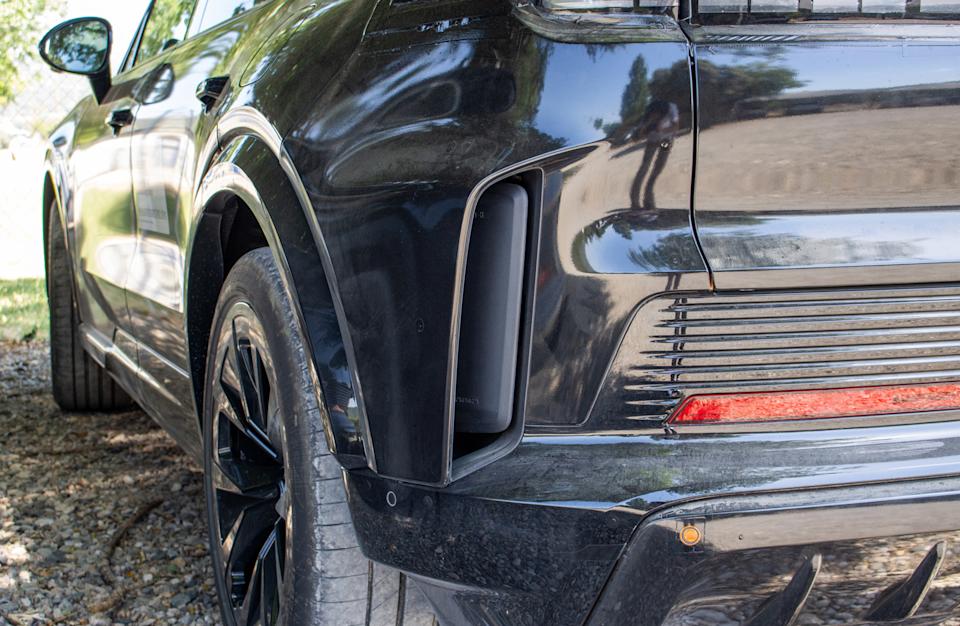

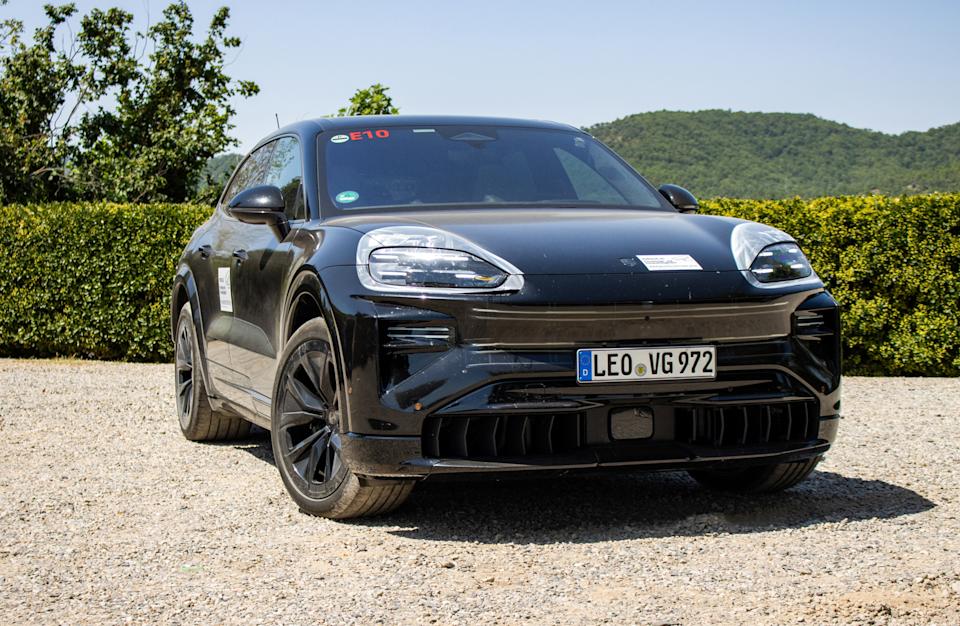
I flew to Spain at the end of June to drive a handful of Cayenne Electric prototypes, real development vehicles plucked out of the testing fleet, some with dust from heat testing in the Middle East still trapped behind their fake taillights. These are not finished products. But apart from the car, which I will tell you right now is excellent, what surprised me the most was how anxious the Porsche executives in attendance were to know what I thought about it. And more tellingly, what I thought American buyers might think about it. OK guys, here goes.
How Porsche Got Here
Porsche has good reason to be nervous, since it took over a decade for people to stop wailing about it making SUVs and admit that it’s probably not the end of the world for Porsche to be making arguably the best SUV in the world. The base Cayenne, the 516-hp Cayenne S E-Hybrid, the V8 Cayenne S (that one’s actually perfect) or GTS, the wild Turbo GT, every flavor of the third-generation car is spot on. Taste is subjective, but the focus and execution at Porsche on its most important model has been beyond reproach.
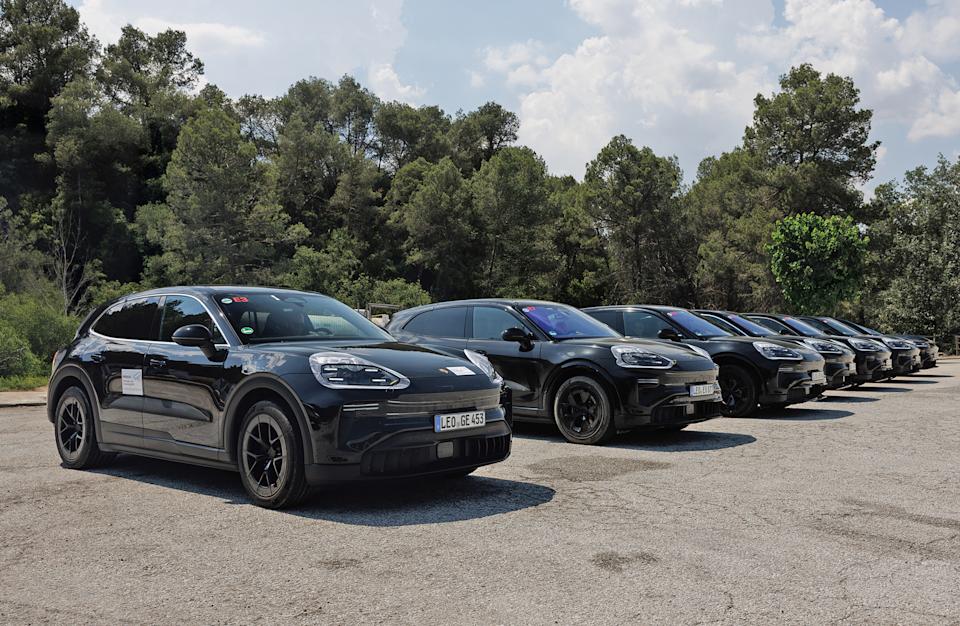
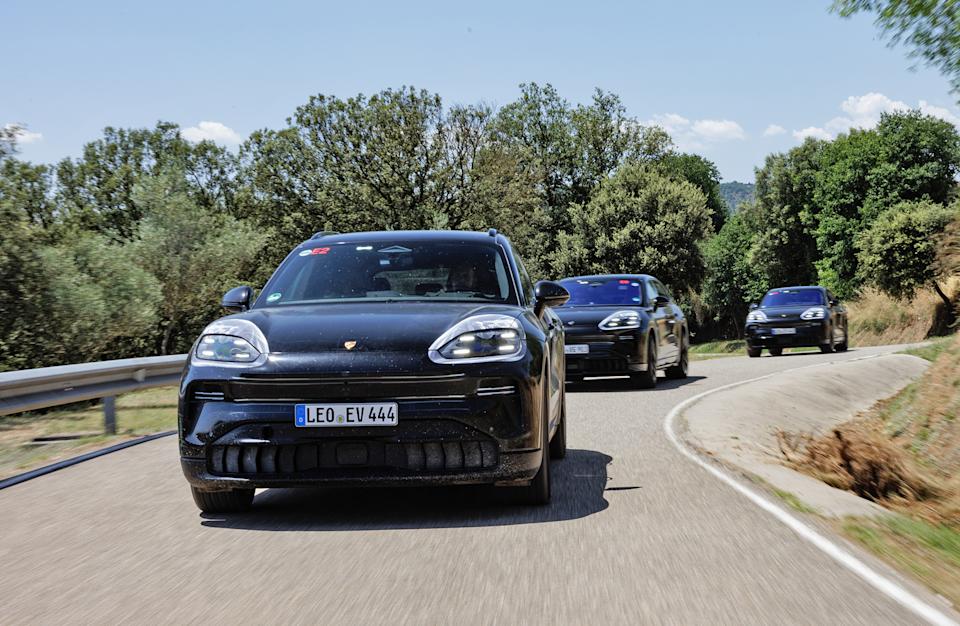
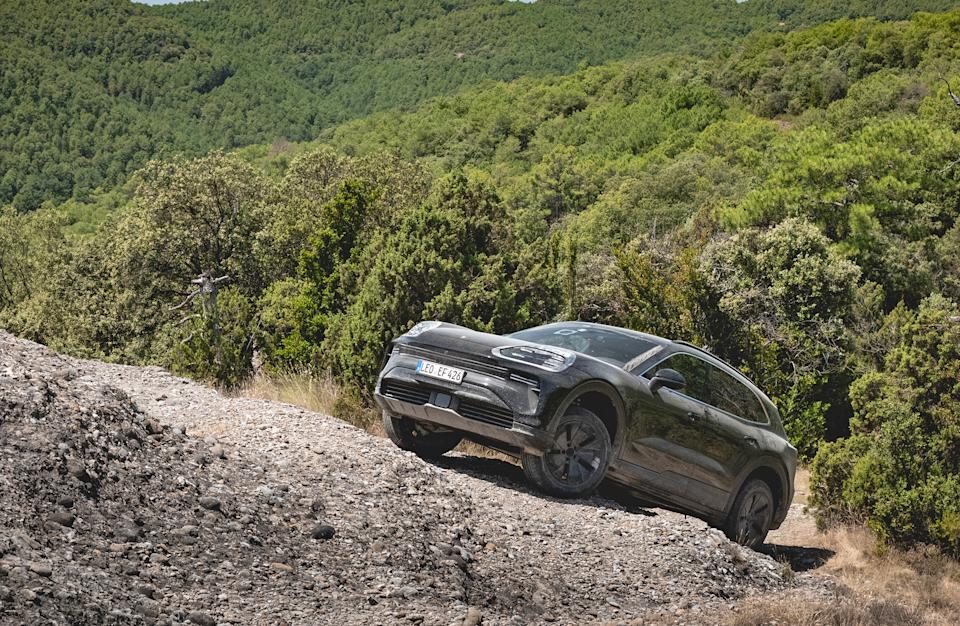
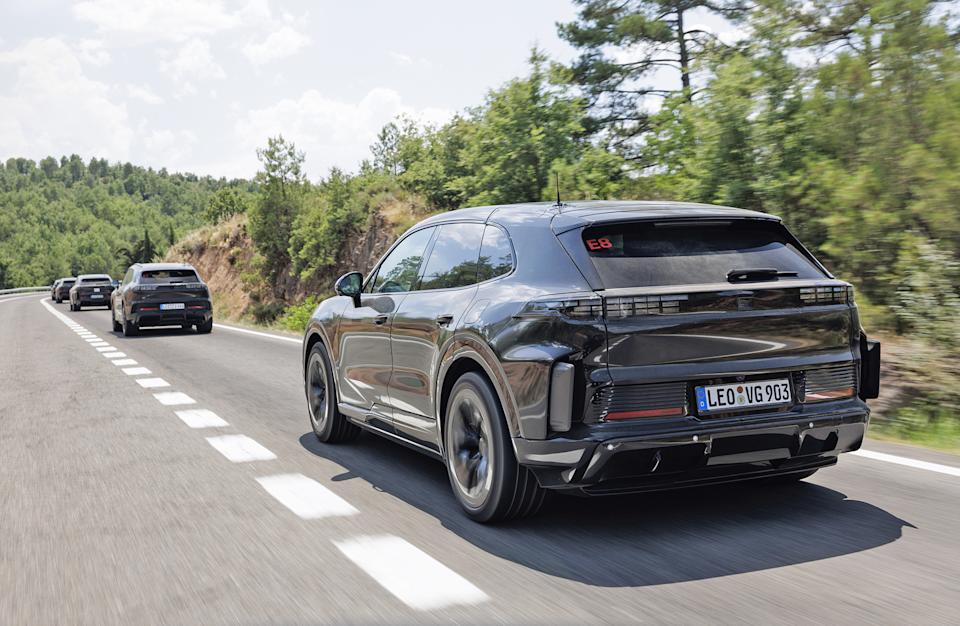
You can read it as bad luck that Porsche rolled the dice in committing to making the fourth-gen Cayenne fully electric four years ago, and just so happens to be launching it in a slowing EV market and a few pesky trade wars after the worst surge of global inflation this century. How could it know the adoption curve would flatten? I mean, it could’ve. But that’s not the point. The point is, people were so thoroughly freaked out that Porsche backtracked and said it would keep building the third-gen gas models into the 2030s, alongside the fourth-gen electric one.
This is all a bit inelegant, but what really concerns Porsche here is that its EV push is faltering and its two most important markets are increasingly skeptical about its electrics for very different reasons. In the U.S., political changes and our dumpy fast-charging infrastructure are turning away fickle luxury buyers. And in China, as the VP of the entire Cayenne Program, Michael Schatzle told me, they “think they’re building better electric vehicles” than any European company. Porsche is not used to asking people to trust it; now it has to, because its future depends on it. Even the doubts around the Taycan were gilded with the assumption that Porsche wouldn’t be launching its first electric car if it wasn’t pretty damn good, and it wasn’t replacing anything in the lineup anyway. The Cayenne Electric isn’t doing that either, yet. But it will.
New Motors, New Tricks, 1,000+ HP
So what do we have here, exactly? Coming in base, S, and Turbo trims, the Porsche Cayenne Electric sits on a reworked version of the PPE platform used by the Macan Electric with an 800-volt architecture, a 113-kWh battery, and a dual-motor powertrain mixing five different units all developed in-house. It’s those motors that create the power differences across trims; the battery is always the same.
I mentioned the liquid-cooled stator before; among other advances, it means the motors can deliver maximum power 100% of the time. The battery now is the only reason that’s not possible, and why Porsche’s “push to pass” boost button exists. The company finally made its own motors because it couldn’t find a supplier that was up to the task, Schatzle told me.
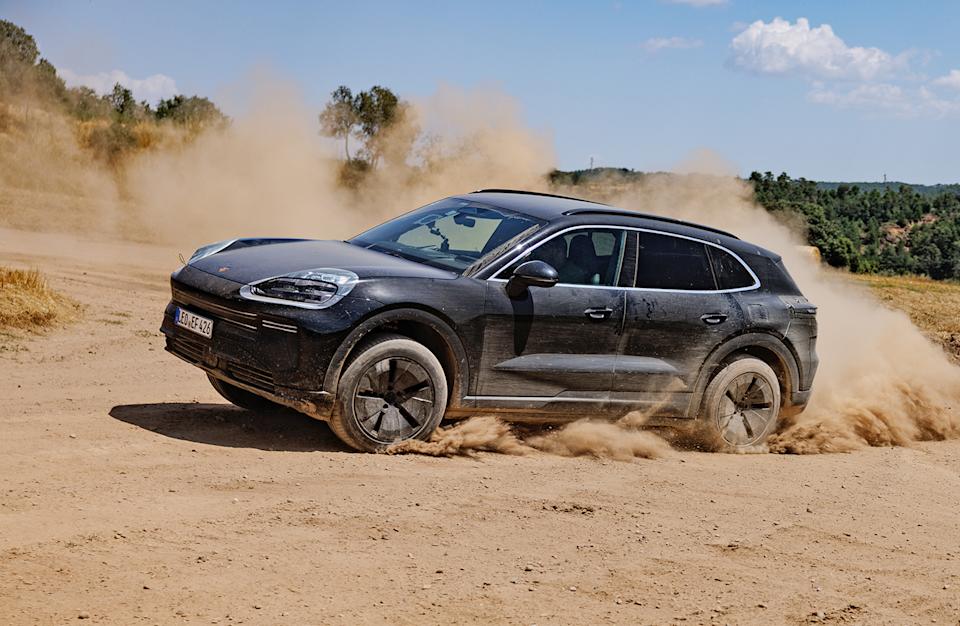

“The idea is always to build a car that is even better than the current one. So we put in everything we wanted, and then we said we want to make a car with extraordinary performance, and therefore we need a completely new battery and motor,” Schatzle said. “We think we have got it. I’m responsible for the ICE model and for the BEV, and I think the BEV is the better option.”
And I think Porsche should get bolder with branding and marketing its first in-house motors, which they’re clearly proud of but didn’t shout about during my visit. That’s a genuinely big deal. Admittedly, my experience with the Cayenne Electric was light on facts and figures, most of which they’re withholding for the full reveal this fall. And you can presume that I saw the interior since I drove the thing, but I signed my life away and can’t share anything about it other than it has panel heating, which is also quite neat.
Stuff we do know: Max power on the Turbo is over 1,000 hp, and it’ll sprint to 60 mph in under three seconds to a top speed of 155 mph. Even the base model will do it in “well under five seconds,” according to Cayenne Electric product line director Dirk Britzen. He asked me to guess the power in the base model I drove with him riding shotgun; I said 400-500 hp, and he shrugged and smiled. Take that how you will. Promised range is above 350 miles, and we’ll see about that. It’ll have NACS charging, but as of now, Tesla’s network can’t max out the car’s 400 kW charging capability. Vanishingly few chargers in America can, unfortunately. But Porsche is optimistic that people will latch onto that number as a real achievement.
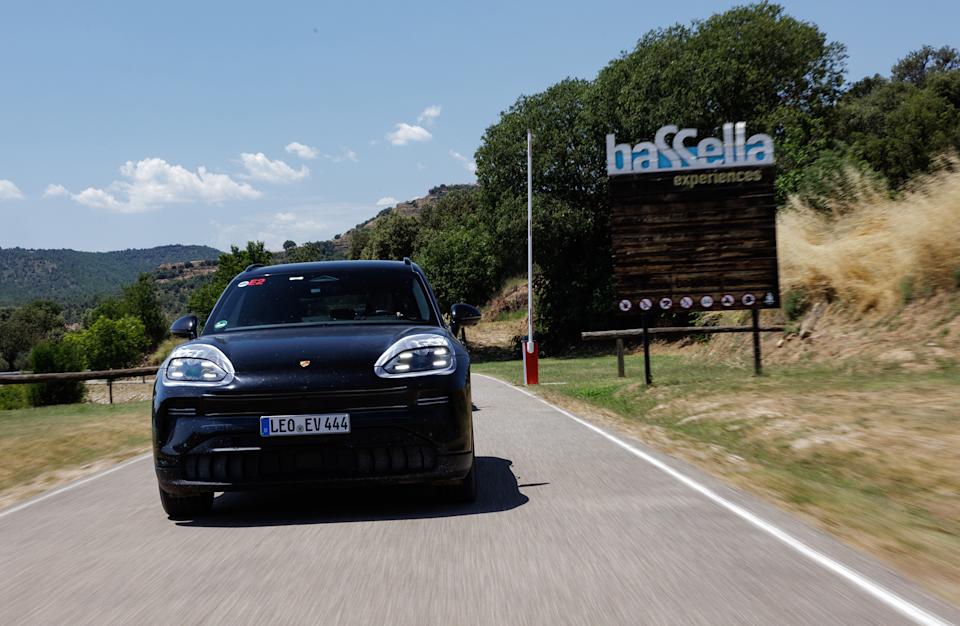
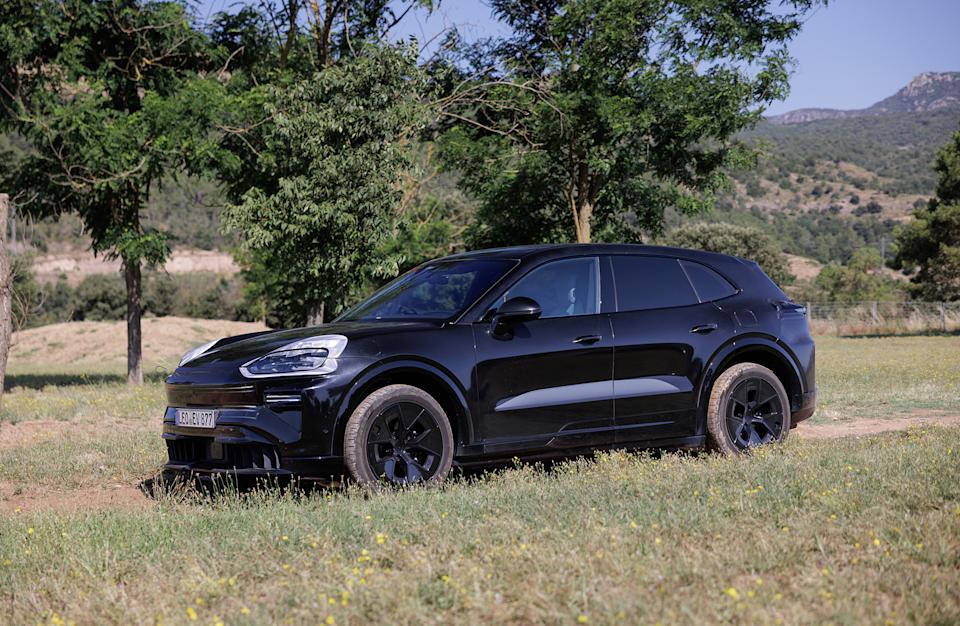
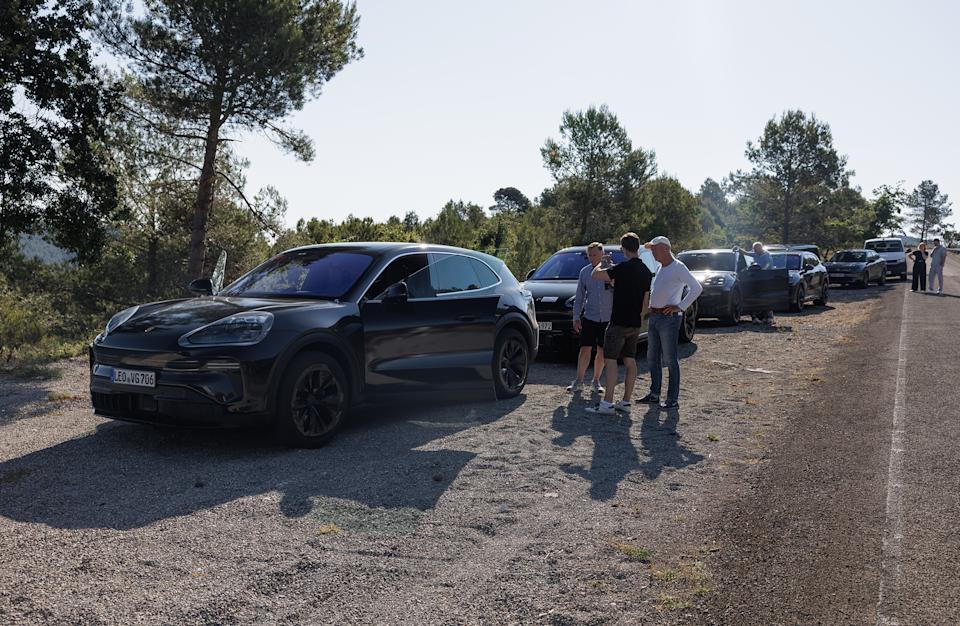
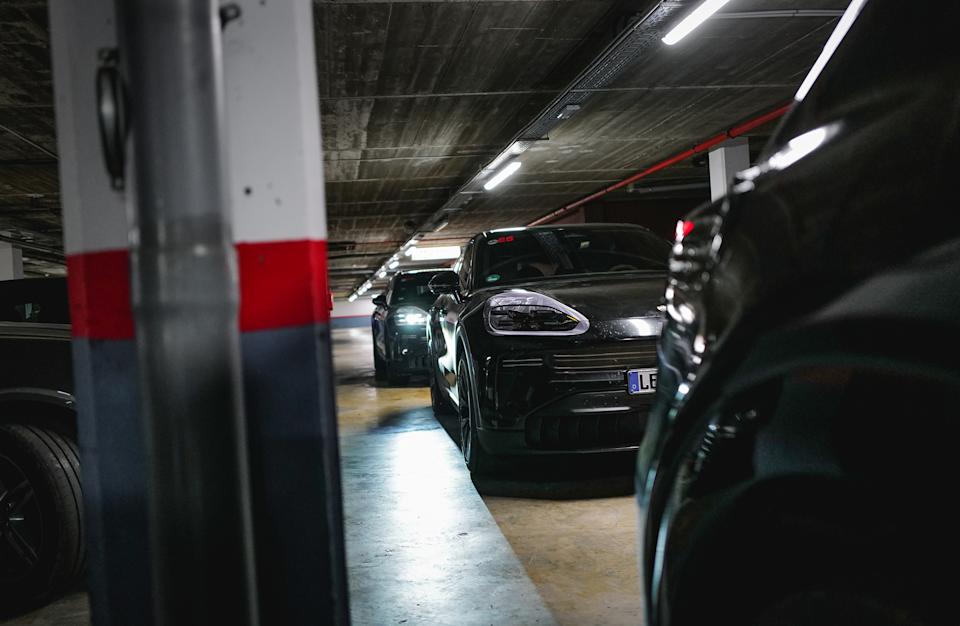
“It’s not that easy to get the battery to do this. You need to cool it precisely and then heat it up, and it has to be able to give a lot of energy. It’s always stressful for the battery,” Britzen said. “But even when we do our test drives in Germany, we don’t need to charge with 400 kW to reach our target, but I do anyway. It’s just cool. When you are at the charger and you see the four as the first digit, you’re like okay, crazy. That’s wild.”
Yes, It Drives Like a Porsche
Optional rear-axle steering offers five degrees of angle, which is honestly just as important as the Active Ride suspension in bringing out the best of the chassis—responsive, composed, and impossibly light on its toes when they’re equipped. But rear-steer and Active Ride can be specced independently on the base, S, and Turbo models, creating a wide range of experiences. Turbo with rear steer and no Active Ride was my pick, flickable with a more visceral road feel. Later, climbing back into a base model with neither option ticked, I was shocked at how much more steering input I needed to make the same curves.
The gulf in performance and overall driving experiences between the base and the Turbo was about the same as you’d find in the gas Cayenne. The base is sharper than it has any right to be, though you can tell the chassis is capable of a lot more. Then you see what the advanced technology can add, and you realize the bouncier ride and more frantic steering without them could be tuned up. It’s far from a case where it feels like the company obviously developed the top trim first and worked backwards to figure out the model you can actually afford, though. I asked Sascha Niesen, the prototype fleet manager, about that scenario.

“Well, obviously, you start with those that can be released first. But depending on who you ask, the Chassis [team] will always start with top spec. Because that’s the one where they have the most things to do. If you don’t have an active ride, there’s nothing to do for you. If you don’t have rear axle steering, there you go. But you got to get all those systems up and running and working in harmony,” he said. “And with Body, it’s evenly distributed, they need to do both. The ones that are responsible for the high voltage architecture they will pick the top cars because the active ride is a voltage system. They need that one. But it’s basically, start with everything you want to release at the same time, so you don’t get any delays in there. And then the S will be released later. So that’s probably from a calibration standpoint less mature than the other ones.”
That would explain why the S model that I drove didn’t quite capture the goldilocks balance that letter represents on the gas Cayenne. Apart from stepping up in power, it didn’t feel all that different from the base. But again, base to Turbo? Massive jump. And that’s before you deploy the aero blades, which Porsche freely admits are more theatrical and only reduce the drag coefficient by 0.006, and give launch control a go. You know those viral videos where idiots in the passenger seat jump up as a car launches and let the g-force hold them suspended against the seat back? No? Well, sorry, that’s a thing. And the Cayenne Turbo Electric pulls so hard you could probably do that past 100 mph. Don’t, though.
Is that a V8?
Where all trims are equal is another possibly controversial point: the sound. The Porsche Electric Sound System, as it’s called, is the Cayenne Electric’s new “exhaust” note that can be added to any trim, and it sounds suspiciously like a V8—because it is. Porsche developed the sound by recording a Cayenne V8 running on a dyno, adding a touch of sci-fi, and modulating it to accommodate the electric motors’ wider rev range. We weren’t able to set up microphones on the cars to capture it well, but you can hear it a bit in the Richard Hammond video below:
This is going to irk any purists, like many things do. But I think it was a really smart move. The Hyundai Ioniq 5 N showed it’s possible for a fake exhaust note to add to the driving experience when it’s calibrated right, as it is here. You can clutch your pearls about it coming from a speaker, or you can lean back and appreciate that it sounds great, delivers the same addictive aural response when you bury the throttle, and adds real emotion to the car. And if it makes a difference, Schatzle said it was a “big discussion” within the company before they moved forward with it, with final approval coming from CEO Oliver Blume himself.
“It was my decision to do it. We started the development and then some of the board and top management, they got the information that we are working on something like that. Then I had to talk to them and say, give me three months to get it ready for the car,” Schatzle said. “You can drive the car and then you can make the decision for the recipe of the car. And then they drove the car and said Oh, that’s right, good idea. But before that, big discussion.
“The test drivers say they’re using it because they are feeling what the car is doing. Because the people of our generation, we are used to the combustion engines and we hear what’s going on in the car,” he added. “When you’re pushing the pedal, you get more feedback with what’s going on in the car, so they’re using it.”
Niesen also told me Porsche is considering simulated gear shifts despite its earlier opposition, though no decision has been made yet. But there is a prototype built by PDK experts within the company that he drove recently, and in his words, “they know what they’re doing. I could not tell the difference.”
Cayenne Electric Still Shines Off-Road, Somehow
One final area where Porsche has pushed the Cayenne Electric farther than anyone would expect is off-road. The first-gen model was shockingly good in the dirt, with locking center and rear diffs and proper low range. This one is too, even though mechanical prowess has been replaced with software and Active Ride.
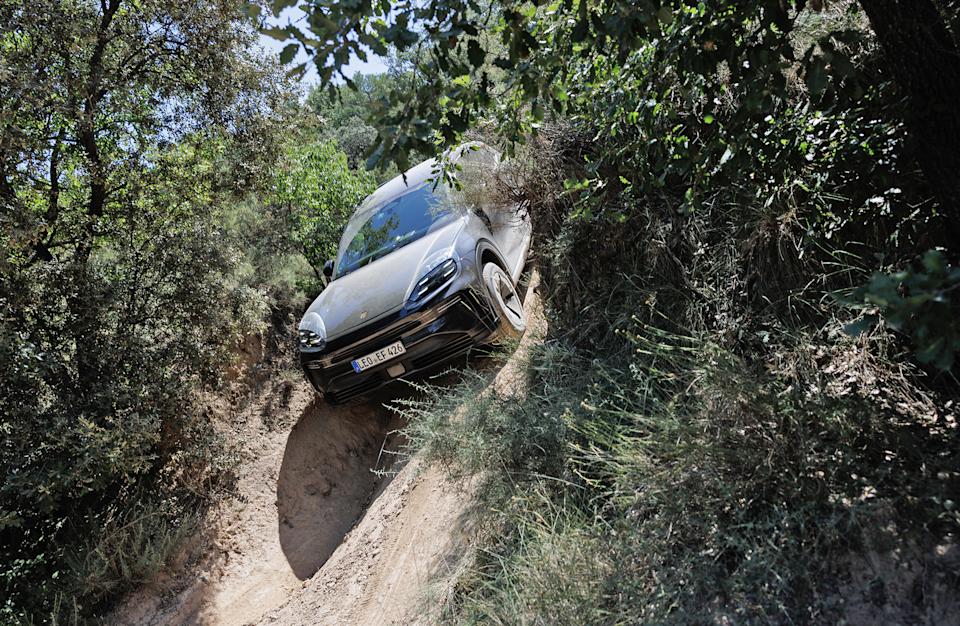
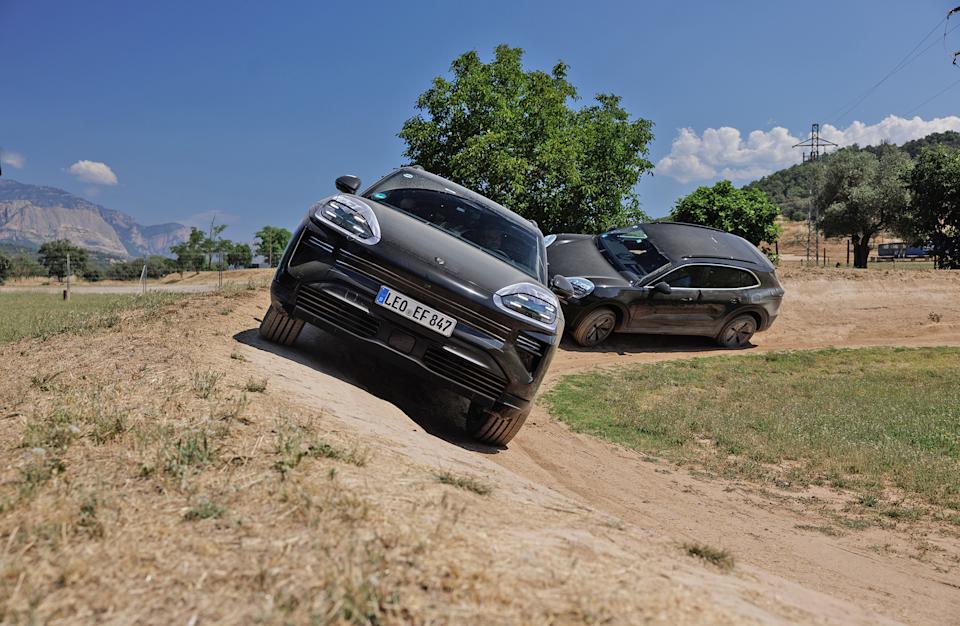
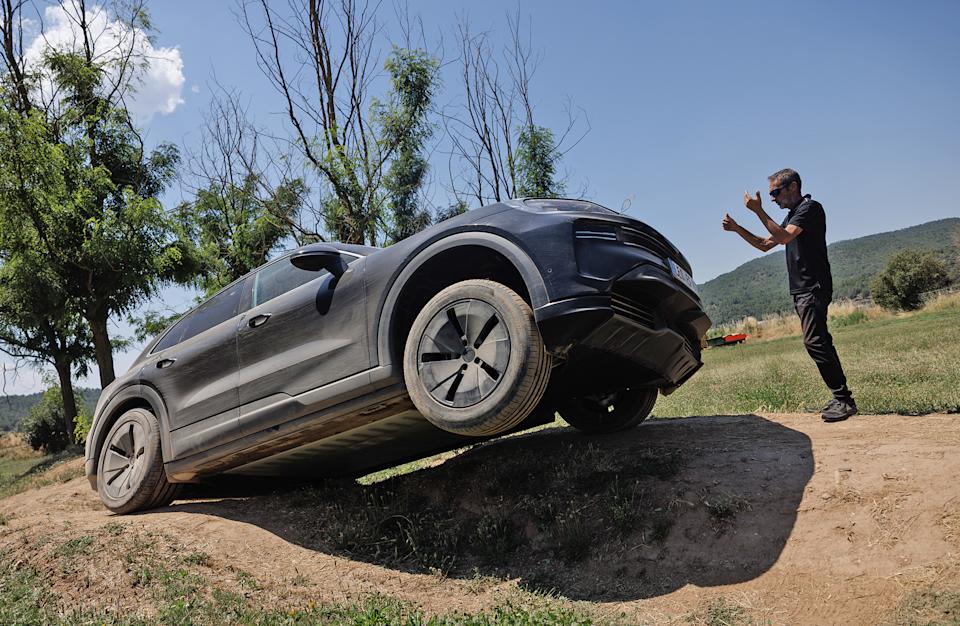


Porsche put us on the trails of an off-road facility outside Barcelona, where it’s tested every generation of Cayenne. The setting ranged from purpose-built obstacles to rocky trails with blind crests, precarious drops, and tire-swallowing holes. You’re not going to see a lot of articulation in a heavy SUV with independent air suspension, sure. But in every other regard, the Cayenne Electric blew me away here.
The key is that the car’s off-road mode completely changes the throttle calibration, making it incredibly loose and languid. If you’re climbing a steep, loose slope and hit a tricky spot, you don’t have to back up and try again. Just keep the throttle pinned—I mean, actually pinned to the floor—move the wheel back and forth, and the traction control software will figure out where the grip is, find its footing, and send you onwards without suddenly launching forward. There’s no revving, no chaos; it’s methodical, bordering on meditative in its movement. The only times it struggled for more than a few seconds was with two wheels in the air, but it always got itself sorted.

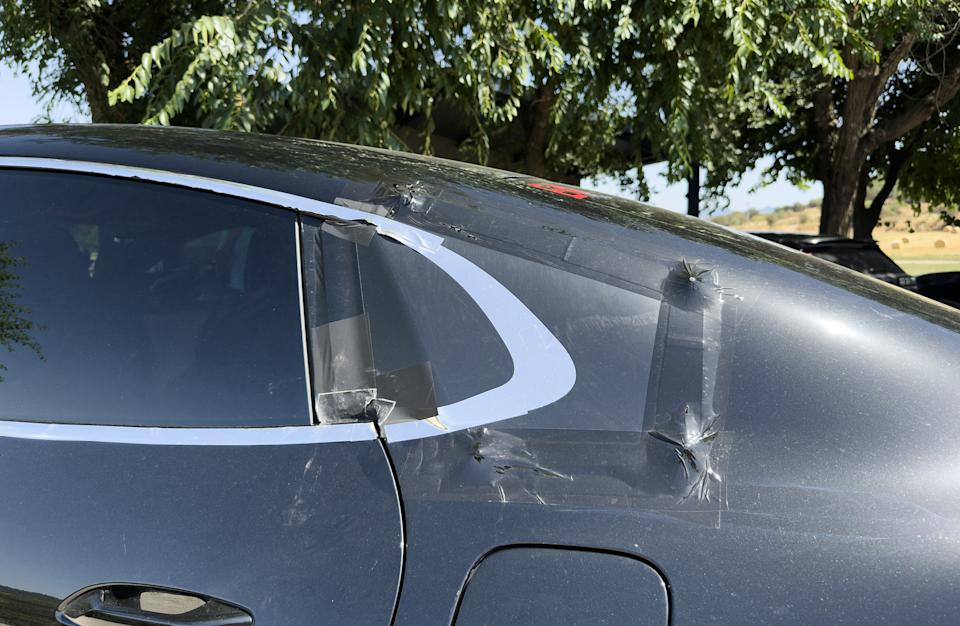
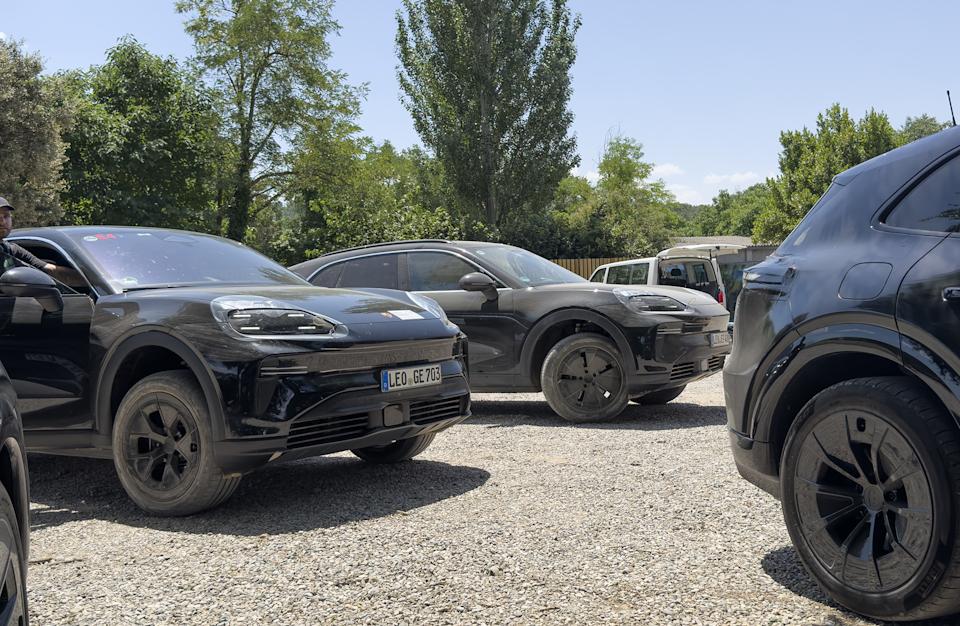
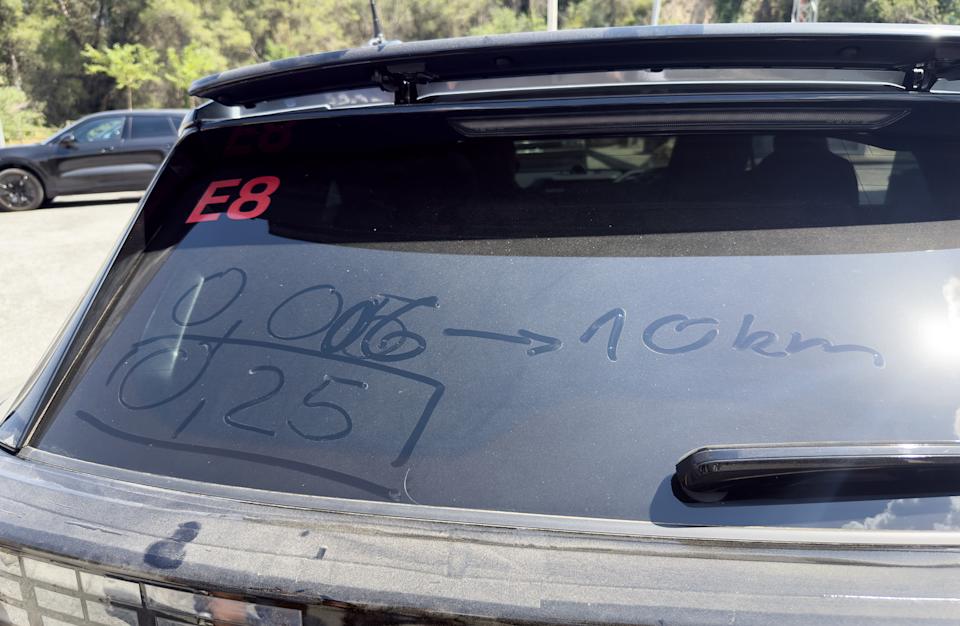
It also managed to hold a 29-degree side angle, thanks in part to the weight of the battery. I wish I could’ve recorded the maximum downhill angle we pulled, but I was too busy working the brakes. That was the only meaningful place for improvement; it’s a heavy thing that requires deft footwork on the stop pedal going down a rocky chute, and even though off-road mode also changes the blend of the friction and regen systems, the pedal action felt weird and hard to smooth out. But otherwise, hats off.
How did we get this far without talking about how it looks? You have eyes, you don’t need me pontificating on a camo’d car where most of the details are obscured. It’s lower than the third-gen model, a bit more wagon-y in appearance, with a front design that’s definitely more Macan Electric than Taycan. The most useful thing I can say here is that the shape looked kind of squished and bland to me in pictures, but when I saw it in person, it really came together. The dimensions are human; it doesn’t feel excessive, nor does it feel like it’s hiding anything. To me, it’s a more mature expression of the Macan Electric’s design, as it should be.
So, back to the question I kept being asked: What will Americans think of the Porsche Cayenne Electric? Setting aside that the eventual price is a wildcard given the tariff situation and disappearing federal tax credit, those who can afford it and for whom an EV makes sense will love it. I can even see Cayenne owners who are on the fence about going electric being convinced by its undeniable excellence.
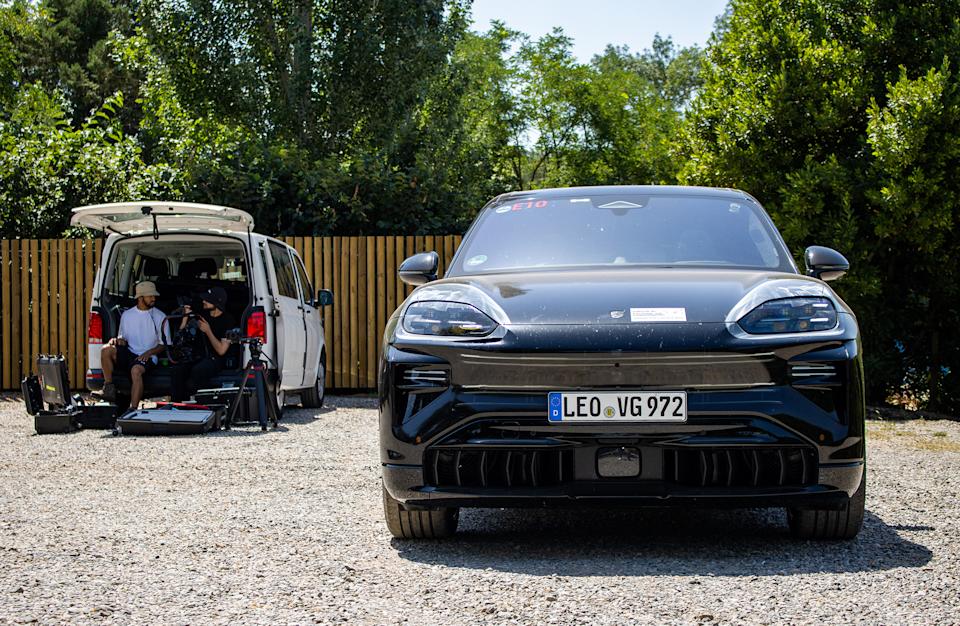
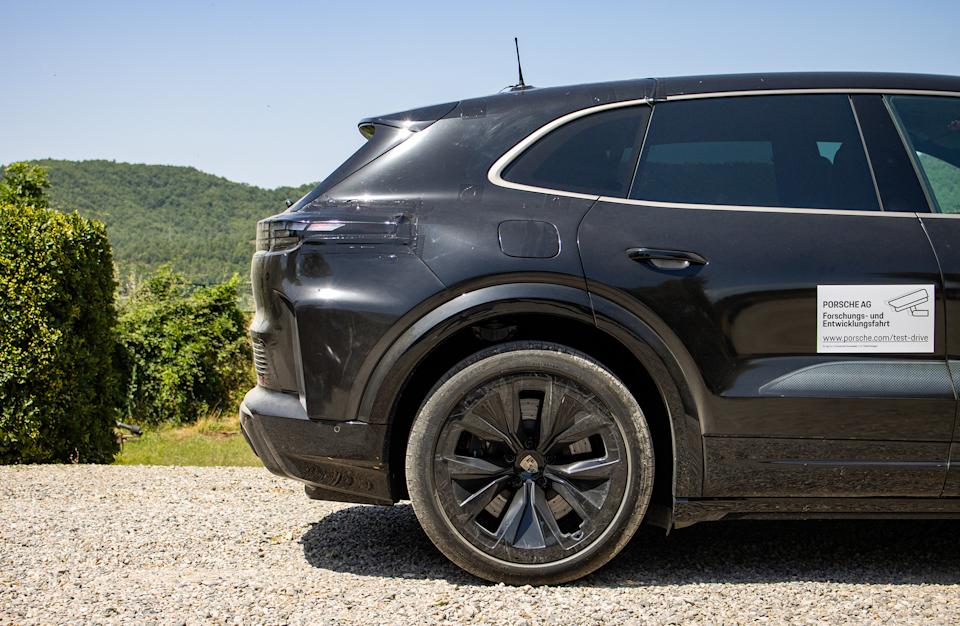
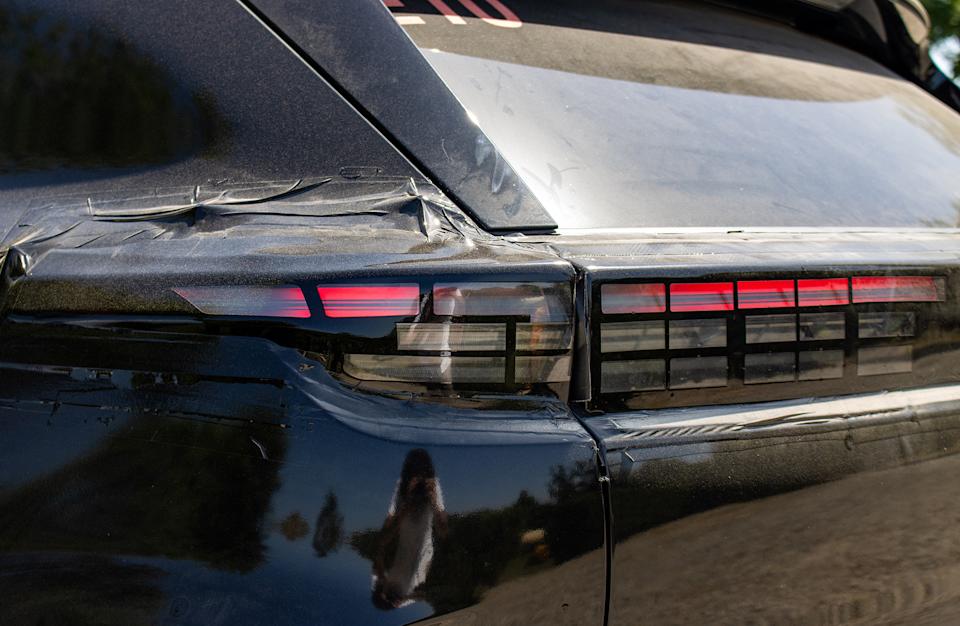
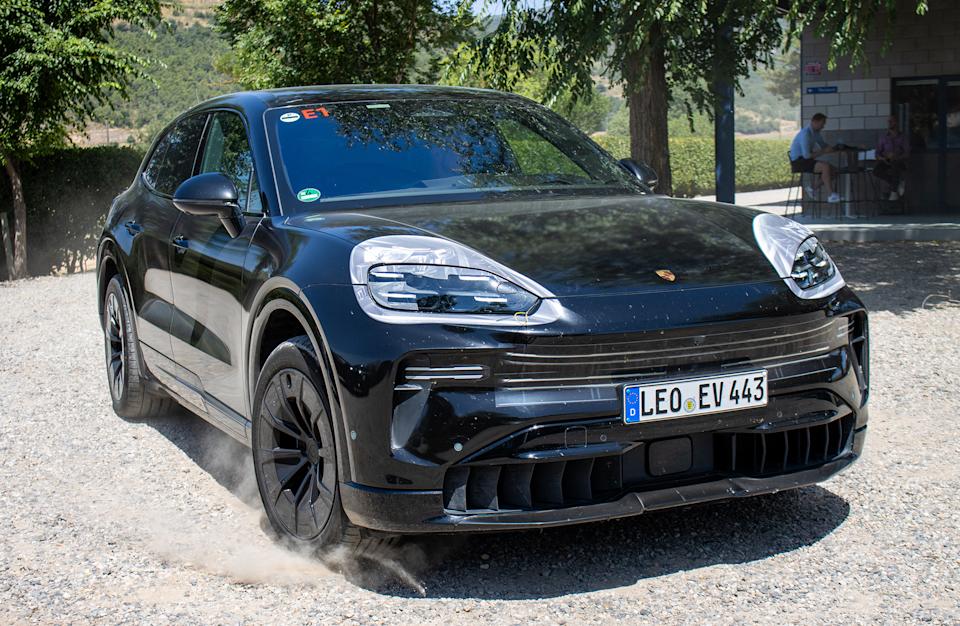
It feels like a moment with echoes of the first-gen Cayenne, Porsche taking a risk and building a car that matches its ambitions. The Cayenne Electric can make the neighbors jealous, and that might be what it needs to take hold here. But if the price is wrong, or the gas Cayenne keeps feeling like a better deal, or the predictions about fast charging growth in America are as wrong as the EV sales projections, it could very well fall into the same chasm the whole market is struggling to avoid.
A few hours with some unfinished cars isn’t enough to place that kind of bet. All I can say is: the Cayenne Electric is superb. And I hope that matters.
2026 Porsche Cayenne Electric Specs | |
|---|---|
Got a tip? Email me: [email protected]


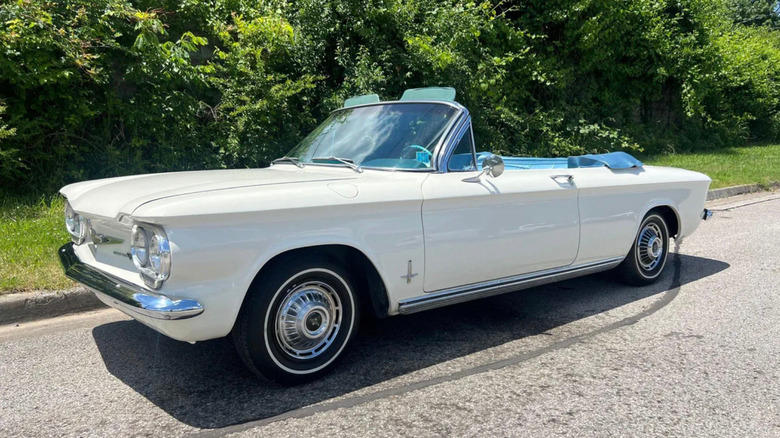
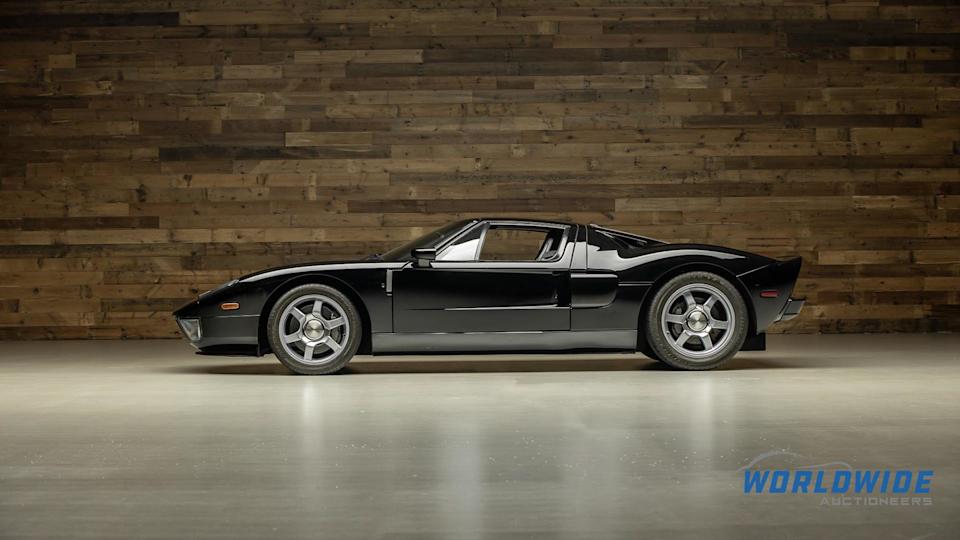
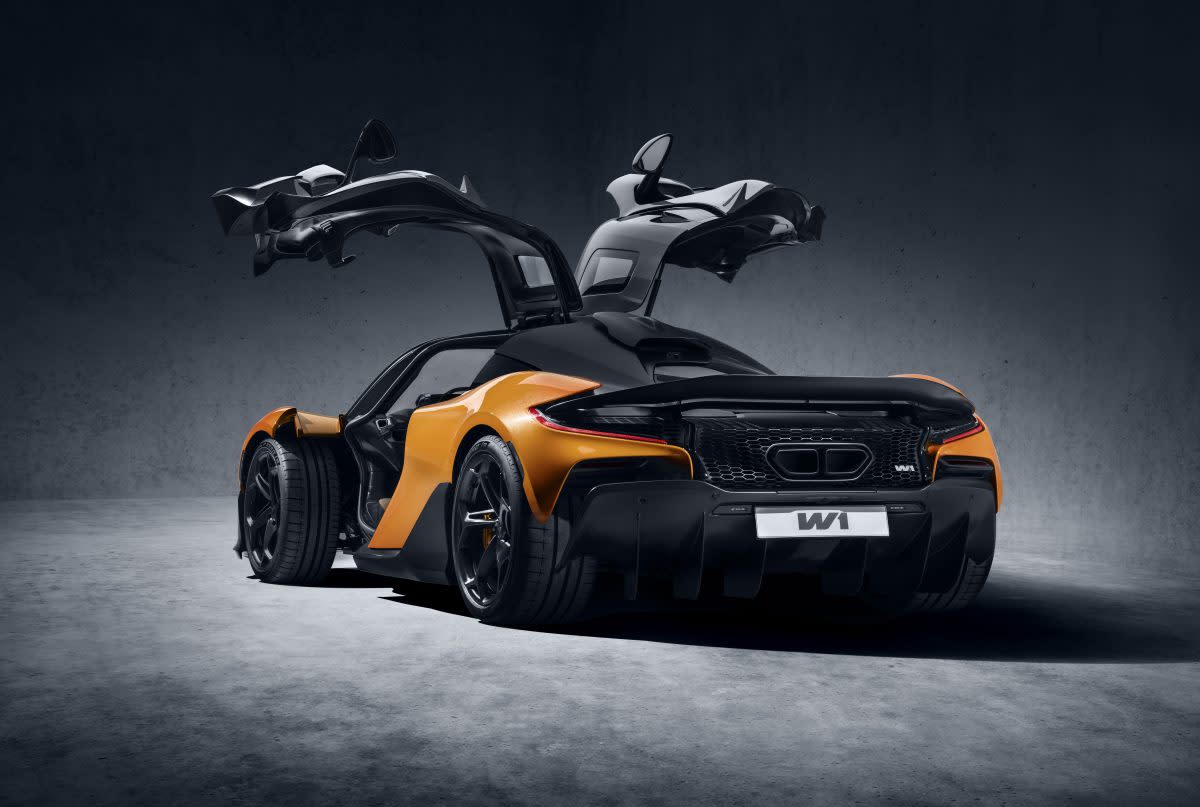


Comments